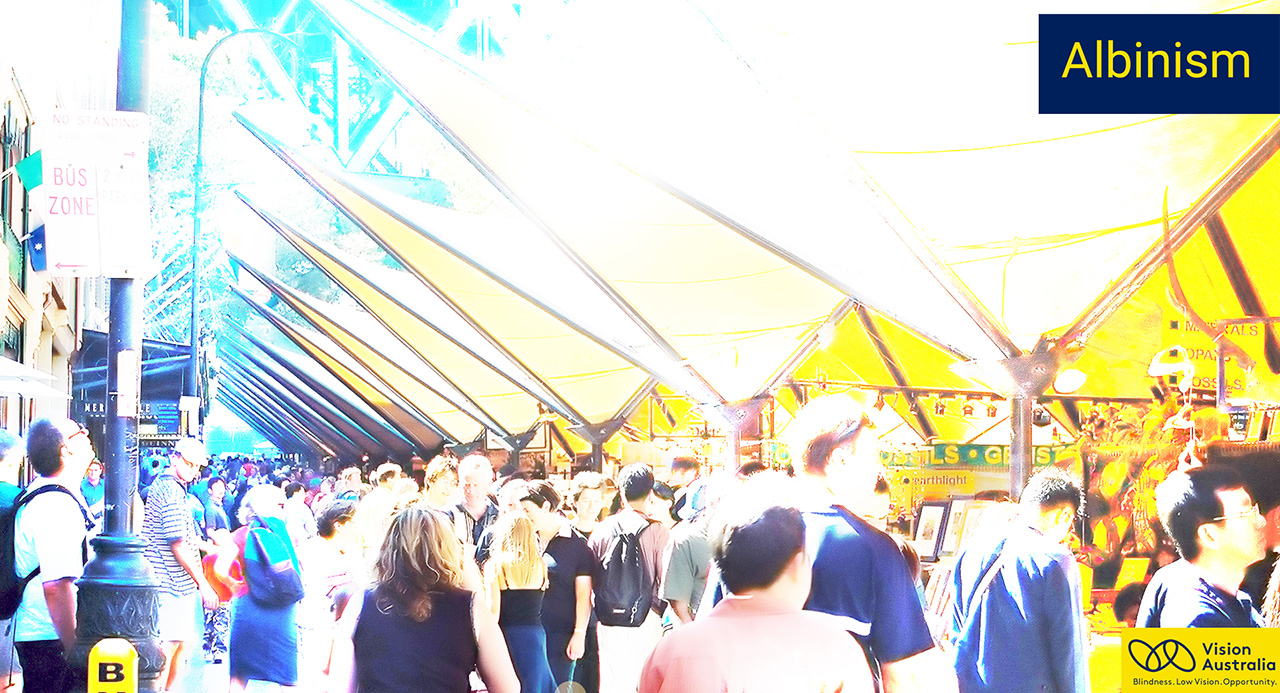What is it?
A genetic condition that affects the body’s ability to produce melanin. Albinism comes in two forms: oculocutaneous and ocular. Oculocutaneous albinism affects both skin and eyes, giving people fair skin, white or red hair and pale eyes. Ocular albinism affects the eyes only. Both forms of albinism can cause low vision.













